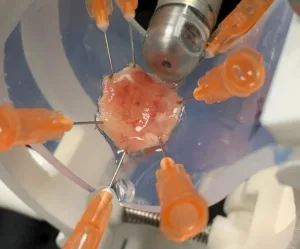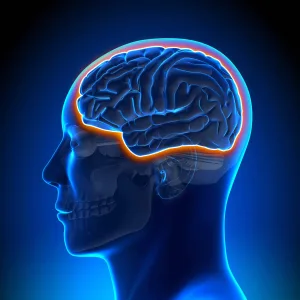Physical Activity Slows Neurodegeneration in Early Parkinson’s Disease
A new study published in Neurology suggests that regular physical activity may help slow down neurodegeneration in individuals with early-stage Parkinson’s disease (PD). This encouraging finding highlights the potential benefits of incorporating exercise into the management of this progressive neurological disorder.
The Study’s Key Findings
The research indicates a significant association between consistent physical activity and a reduced rate of neurodegeneration in early Parkinson’s patients. This implies that engaging in regular exercise could potentially delay the progression of the disease.
Benefits of Physical Activity
- Slower disease progression: Regular exercise may help to slow down the rate at which Parkinson’s disease advances.
- Neuroprotection: Physical activity could have a protective effect on brain cells, potentially reducing neurodegeneration.
- Improved quality of life: Exercise can enhance motor skills, balance, and overall well-being in Parkinson’s patients.
Implications for Parkinson’s Management
These findings underscore the importance of promoting physical activity as part of a comprehensive treatment plan for individuals with early Parkinson’s disease. Healthcare professionals may consider recommending tailored exercise programs to help patients maintain their motor function and overall health.
Incorporating Exercise into Daily Life
Here are some ways Parkinson’s patients can incorporate more physical activity into their daily routines:
- Walking: Regular walks, even for short distances, can be beneficial.
- Tai Chi and Yoga: These activities can improve balance, flexibility, and coordination.
- Dancing: Dancing can be a fun and engaging way to improve motor skills and coordination.
- Strength Training: Light strength training exercises can help maintain muscle mass and strength.
Final Words
The study offers hope for individuals with early Parkinson’s disease, suggesting that regular physical activity can play a crucial role in slowing down neurodegeneration and improving overall quality of life. Further research is needed to explore the optimal types and intensity of exercise for Parkinson’s patients, but the current evidence strongly supports the incorporation of physical activity into their care plans.




+ There are no comments
Add yours